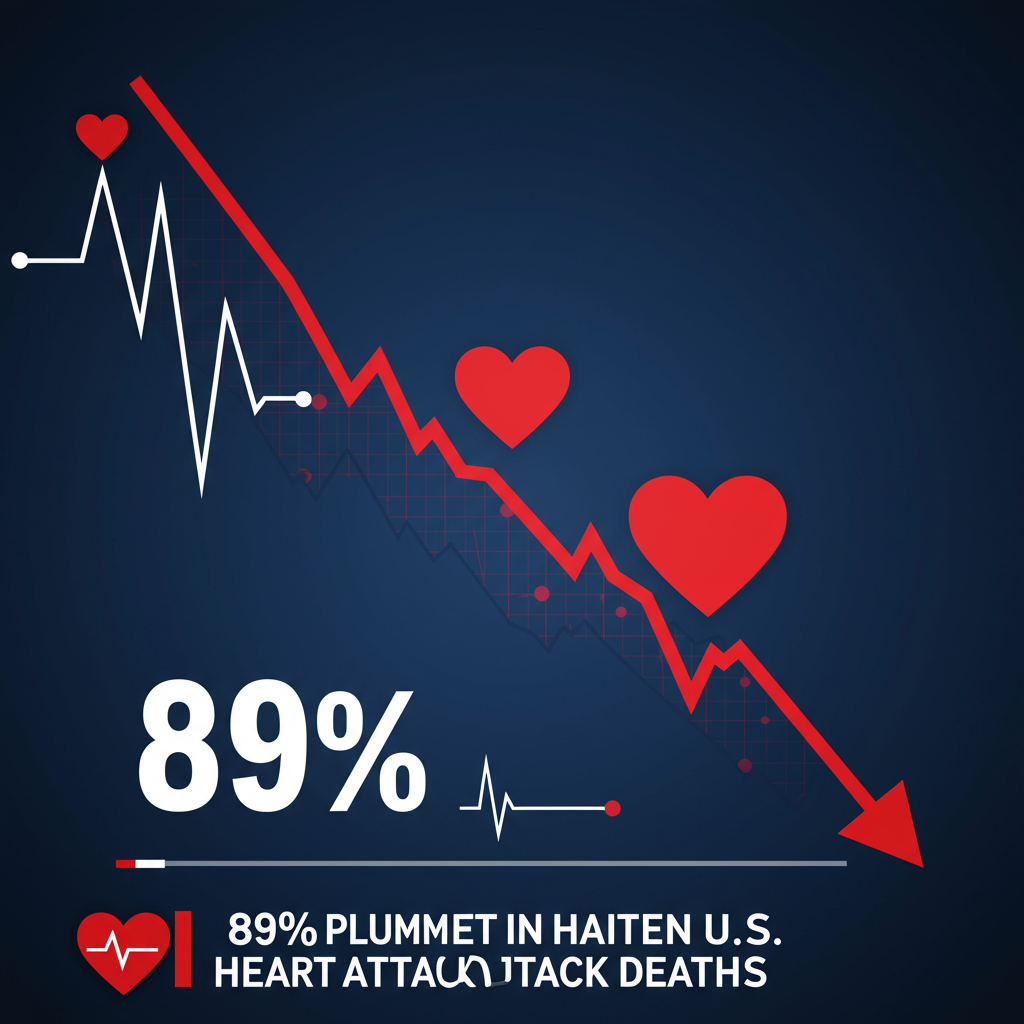Simple Blood Test Identifies Early Alzheimer’s Patients at Risk for Rapid Cognitive Decline
New research offers a potentially game-changing tool for predicting how quickly cognitive function may worsen in individuals diagnosed with early-stage Alzheimer’s disease (AD). A common, low-cost blood test that measures insulin resistance, known as the triglyceride-glucose (TyG) index, has been shown to identify patients with early Alzheimer’s who are significantly more likely to experience rapid cognitive decline.
The findings, led by scientists at the University of Brescia in Italy and presented at the European Academy of Neurology (EAN) Congress 2025, highlight the critical role metabolic health plays in the progression of neurodegenerative conditions like Alzheimer’s.
Understanding the TyG Index and Insulin Resistance
Insulin resistance occurs when the body’s cells don’t respond properly to insulin, leading to higher-than-normal blood sugar levels. While long linked to conditions like Type 2 diabetes and cardiovascular disease, growing evidence connects it to brain health and Alzheimer’s risk.
The TyG index is a simple, accessible measure of insulin resistance. It’s calculated using fasting blood sugar and triglyceride levels – both readily available from routine blood tests performed in any standard hospital laboratory. Its low cost and wide availability make it a highly practical tool.
The Study: Tracking Decline in Early Alzheimer’s
Researchers analyzed data from 315 non-diabetic patients experiencing cognitive difficulties. This cohort included 200 individuals with biologically confirmed early Alzheimer’s disease, specifically in the prodromal mild cognitive impairment (MCI) stage, where symptoms are noticeable but don’t yet severely impact daily life.
Participants’ insulin resistance was assessed using the TyG index at the start of the study. Over a three-year follow-up period, the researchers tracked their cognitive function using assessments like the Mini-Mental State Examination (MMSE).
Key Findings: TyG Index Signals Faster Progression
The results were striking: among patients with early Alzheimer’s, those with the highest TyG index scores declined significantly faster than those with lower scores. Patients in the high-TyG group were found to be four times more likely to experience rapid cognitive deterioration, defined in this study as losing more than 2.5 points per year on the MMSE.
Crucially, this association between a high TyG index and accelerated decline was observed only in the Alzheimer’s group and not in the non-AD patients experiencing cognitive issues. This suggests a specific vulnerability to metabolic stress within the Alzheimer’s disease process, particularly during the early stages.
According to lead investigator Dr. Bianca Gumina, a neurology resident at the University of Brescia’s Brain Health Centre, this finding helps address a common question from families: how fast will the condition progress? “Our data show that a simple metabolic marker available in every hospital laboratory can help identify more vulnerable subjects,” she stated.
Why Does Insulin Resistance Impact Alzheimer’s Progression?
Researchers propose several ways insulin resistance may fuel Alzheimer’s specific pathology:
Impaired Glucose Uptake: It can reduce the brain’s ability to efficiently use glucose, its primary energy source.
Amyloid Accumulation: It may promote the buildup of toxic beta-amyloid plaques, a hallmark of AD.
Blood-Brain Barrier Disruption: Insulin resistance is linked to a weakened blood-brain barrier, which protects the brain from harmful substances. The study specifically found high TyG was associated with this disruption.
Increased Inflammation: It can trigger neuroinflammation, contributing to neuronal damage.
These pathways are believed to be particularly relevant or activated differently in Alzheimer’s compared to other types of dementia, explaining the TyG index’s specificity to AD progression in this study.
Interestingly, the study found that the link between high TyG and faster decline was independent of the APOE ε4 genotype, a major genetic risk factor for AD. This suggests that metabolic risk and genetic risk may influence Alzheimer’s progression through different mechanisms.
Broader Implications for Alzheimer’s Care
Identifying patients likely to decline rapidly using an accessible marker like the TyG index has significant implications. It could help:
Personalize Patient Care: Clinicians can tailor interventions and support more effectively for those identified as high-risk.
Targeted Interventions: High-risk patients might be prime candidates for early lifestyle modifications (diet, exercise) or pharmacological treatments aimed at improving insulin sensitivity.
- Clinical Trial Design: The TyG index could help refine patient selection for clinical trials of emerging disease-modifying therapies, ensuring inclusion of those most likely to show a measurable benefit.
- www.openaccessgovernment.org
- www.sciencedaily.com
- www.upi.com
- www.fox41yakima.com
- dailygalaxy.com
This research adds to a growing body of evidence highlighting the profound connection between metabolic health and Alzheimer’s disease, from early risk factors to the speed of progression. While this study focuses on predicting decline speed in early AD, other research suggests metabolic issues, such as poor insulin sensitivity linked to excess visceral fat, might even contribute to early Alzheimer’s pathology like amyloid plaque formation decades before symptoms appear. This underscores the importance of addressing metabolic health throughout life.
The University of Brescia team is continuing its research, exploring whether TyG levels correlate with neuroimaging biomarkers to potentially improve early detection and risk stratification even further.
“If targeting metabolism can delay progression, we will have a readily modifiable target that works alongside emerging disease-modifying drugs,” Dr. Gumina concluded, offering hope for more comprehensive strategies to combat Alzheimer’s.




